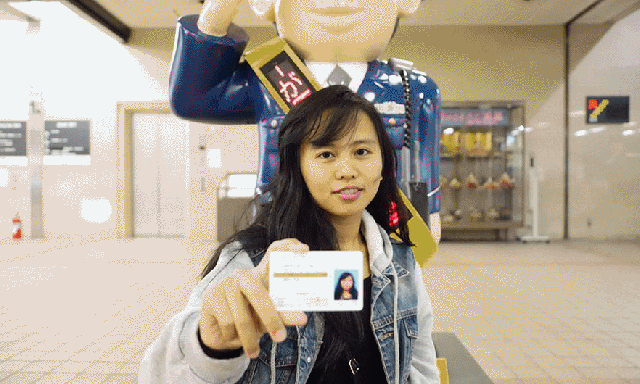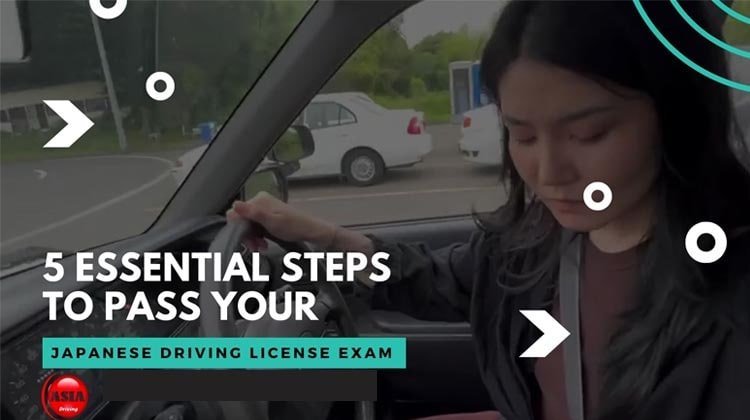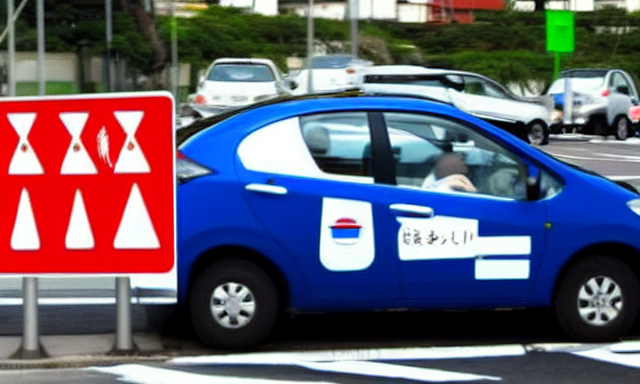Japan, a country renowned for its efficient public transportation, intricate road networks, and unique driving culture, offers a fascinating but often challenging landscape for those aspiring to become licensed drivers. Whether you’re a resident, a student, or a traveler planning an extended stay, learning to drive in Japan and obtaining a Japanese driver’s license can open up new opportunities for exploration and convenience.
In this comprehensive guide, we will take you on a journey through the process of learning to drive in Japan, understanding the unique challenges, following the necessary steps, discovering useful tricks, and ultimately obtaining your Japanese driver’s license.
Why Learn to Drive in Japan?
Before delving into the details, let’s explore why learning to drive in Japan might be beneficial:
-
Access to Rural Areas: Japan’s countryside boasts stunning landscapes and hidden gems that are often inaccessible by public transport. Having a car allows you to explore these picturesque destinations.
-
Convenience: While major cities have excellent public transportation, suburban and rural areas may have limited services. Owning a car can significantly improve your daily convenience.
-
Flexibility: A car provides the flexibility to travel on your schedule, making errands, shopping, and family outings more convenient.
-
Emergency Situations: In case of emergencies or natural disasters, having a car can be a lifeline, ensuring your ability to evacuate or reach safety.
Understanding the Japanese Driver’s License System
Japan operates a tiered driver’s license system, with different categories allowing drivers to operate specific types of vehicles. The most common categories for foreigners are:
-
Regular/Private Car License (普通自動車免許 – Futsu Jidousha Menkyo): This license allows you to drive regular passenger cars.
-
Motorcycle License (二輪車免許 – Nirinsha Menkyo): Required for motorcycle riders.
-
Large Motorcycle License (大型自動二輪免許 – Oogata Jidou Nirinsha Menkyo): Necessary for larger motorcycles with engine displacements exceeding 400cc.
-
Scooter and Moped License (原付免許 – Gentsuki Menkyo): This license permits you to operate scooters or mopeds with engine displacements typically up to 50cc.
The Process of Learning to Drive in Japan
Learning to drive in Japan involves several key steps:
1. Prepare for the Written Test:
- Study Japanese traffic rules, road signs, and regulations. There are textbooks and online resources available to help you prepare.
2. Enroll in a Driving School (Optional):
- Many individuals choose to enroll in a driving school (教習所 – Kyoushuusho) to receive formal instruction and guidance. While not mandatory, it can be immensely helpful, especially if you’re unfamiliar with Japanese road etiquette and signage.
3. Take the Written Test:
- The written test (筆記試験 – Hikki Shiken) evaluates your knowledge of road rules and traffic signs. It’s conducted at a licensing center (運転免許センター – Unten Menkyo Center) and typically available in multiple languages.
4. Begin Practical Training:
- Practical training (実地教習 – Jicchi Kyoushuu) involves learning to operate a vehicle. It includes essential skills like starting, stopping, turning, and parking. This phase is vital for building your confidence as a driver.
5. Pass the Practical Test:
- After completing your practical training, you’ll need to pass a practical driving test (技能試験 – Ginou Shiken) to demonstrate your ability to drive safely and handle various scenarios.
6. Obtain a Provisional License:
- Successful completion of the written and practical tests grants you a provisional license, allowing you to drive with specific restrictions.
7. Gain Practical Experience:
- During the provisional license period, you’ll gain practical driving experience under the restrictions outlined by the licensing center.
8. Pass the Final Test:
- After gaining sufficient experience, you’ll need to pass a final practical driving test to obtain your full Japanese driver’s license.
Unique Challenges and Tips for Learning to Drive in Japan
Learning to drive in Japan presents unique challenges and considerations:
-
Left-Side Driving: Japan follows left-side driving, which can be challenging for those accustomed to right-side driving. Practice and familiarity are key.
-
Complex Road Signs: Japanese road signs and markings can be intricate. Familiarize yourself with common signs and symbols.
-
Narrow Roads: Many Japanese roads are narrow, especially in rural areas. Be prepared for tight spaces and practice safe maneuvering.
-
Parking Skills: Parking in Japan can be tight and require precision. Spend time honing your parking skills.
-
Public Transportation Availability: In major cities, public transportation often trumps driving due to traffic and parking challenges.
-
Driver’s License Eligibility: Eligibility requirements may vary depending on your visa status and nationality. Check with your local licensing center for specific details.
Obtaining Your Japanese Driver’s License
Once you’ve completed the necessary steps and gained sufficient experience, you can obtain your Japanese driver’s license. Be prepared to submit the required documents, pay issuance fees, and receive your permanent license.












